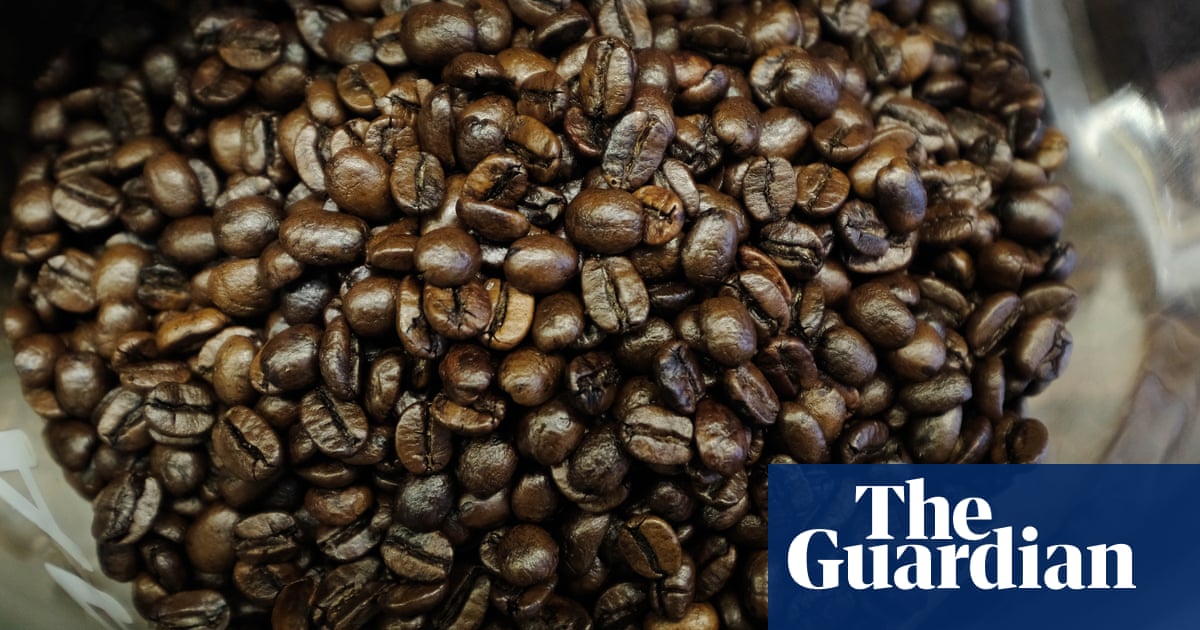New research aimed at identifying foods that contain higher levels of PFAS found people who eat more white rice, coffee, eggs and seafood typically showed more of the toxic chemicals in their plasma and breast milk.
The study checked samples from 3,000 pregnant mothers, and is among the first research to suggest coffee and white rice may be contaminated at higher rates than other foods. It also identified an association between red meat consumption and levels of PFOS, one of the most common and dangerous PFAS compounds.
“The results definitely point toward the need for environmental stewardship, and keeping PFAS out of the environment and food chain,” said Megan Romano, a Dartmouth researcher and lead author. “Now we’re in a situation where they’re everywhere and are going to stick around even if we do aggressive remediation.”



Is that because of the food products themselves, or because of the non-stick coatings frequently used to package/cook/brew/prepare them?
Thanks!